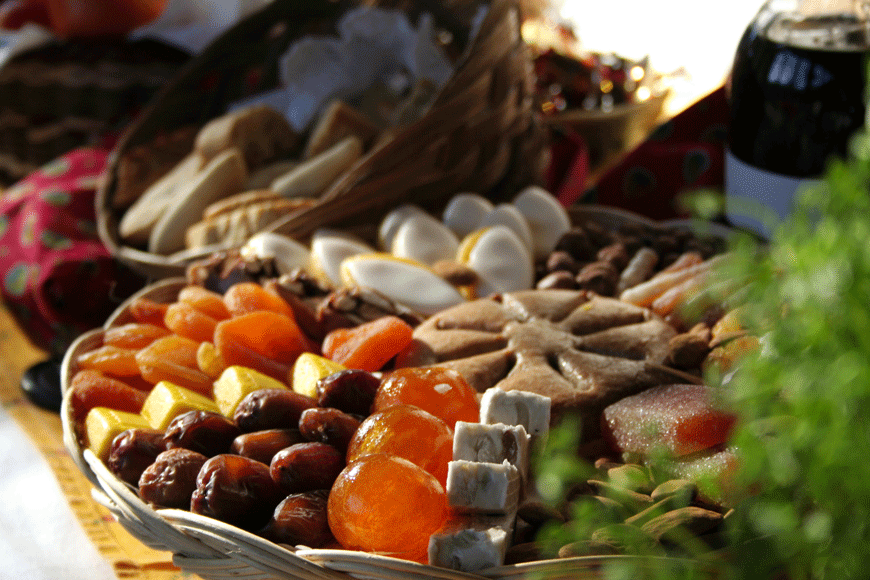Each region has its own traditions for the end of the year celebrations, but the 13 Provencal desserts is one of the best known in France.
It is still very much practised in many homes throughout Provence & France.
Let's go back to the origins of this gourmet tradition !
The origins of an ancient tradition : Let's go back in time to 1683
- The mention of many Christmas desserts appeared in the 1683 writings of Father François Marchetti, a priest from Marseille. At that time, offering many desserts for Christmas was a sign of abundance for families. But the mention of exactly 13 desserts only came later, at the beginning of the 20th century.
- The 13th is then associated with the 12 apostles around Jesus during the Last Supper. This tradition essentially emphasises sharing during the Christmas period. The tradition also requires that the desserts are placed on a table covered with three white tablecloths with three candles to represent the Trinity.
- The 13 desserts were traditionally eaten after midnight mass.
- Attention: tradition says that you have to taste each of the 13 desserts.
- Little tip: cut small pieces of each of them and share them with your neighbour.
What are the 13 Christmas desserts?
The list of desserts varies a lot according to taste and no exhaustive list exists of the thirteen desserts without variation, however a base remains, composed of :
The "pompe à huile" ( lateral translation : "oil pump")
Between the bread and the brioche, it is made with olive oil, orange blossom, brown sugar and flour. This dessert symbolises the breaking of the bread. Traditionally, it is the present of the Pistachio tree, a typical character of the Provencal cot.
The "beggars"
These are 4 different types of dried fruit: almonds, figs, hazelnuts or walnuts, sultanas.
The "nougat"
There are three different kinds :
- a white one to represent the good - The white nougat is often filled with hazelnuts
- a black one to represent evil - The black one with honey and almonds
- and a red one with rose and pistachios.
The dates
They symbolise the gifts offered by the Magi from the East.
There are the nine desserts that make up the base, followed by variations that depend on tastes and regions.
In Provence, we generally continue with :
Calissons
A very typical Provençal dessert, composed of candied orange peels, almonds and covered with a glaze
Or you can prefer quince paste and fruit pastes
Seasonal fruits
Oranges or clementines, apples or pears.
A choice of exotic fruit
such as a kiwi or a mango.
And finally, the thirteenth dessert is ...
a watermelon, which keeps relatively well for several days.
But the most important thing remains the kindness in which you will share this Christmas meal, whether with your family or friends or in a small committee.




